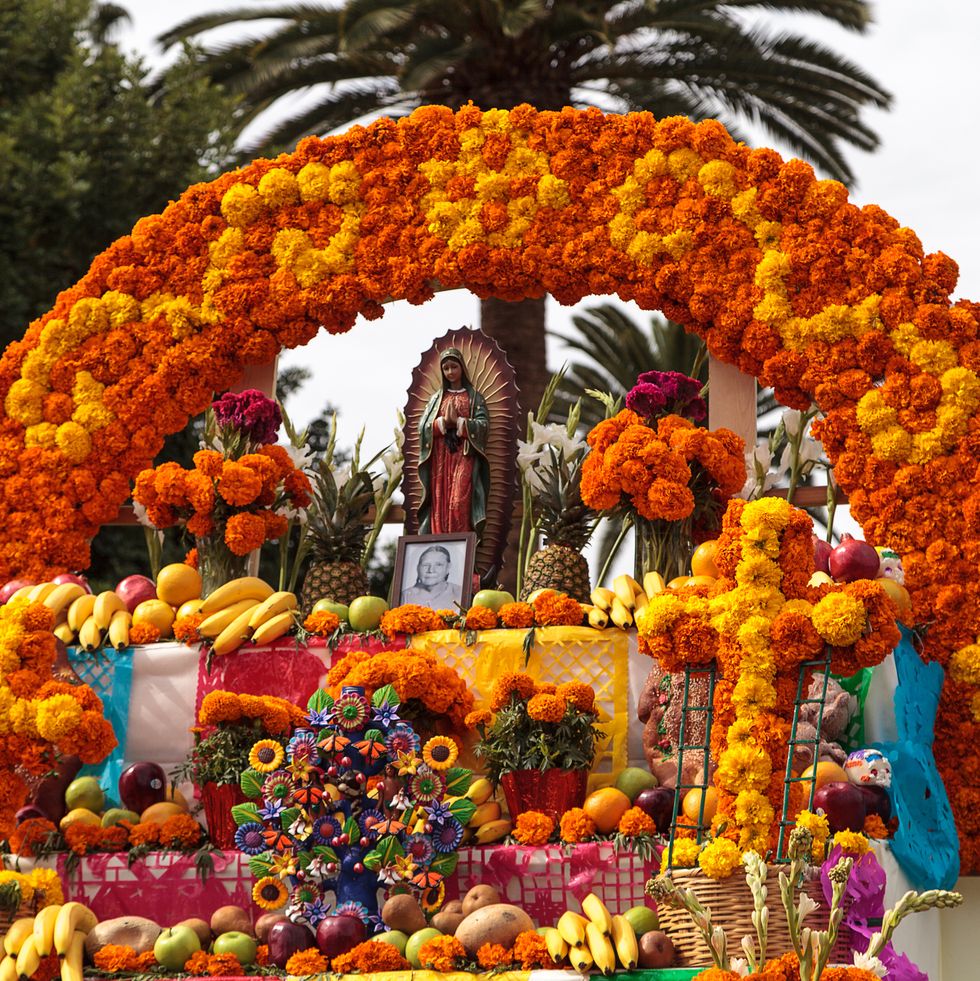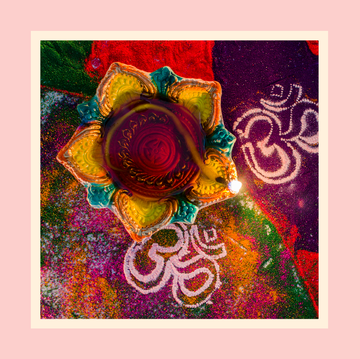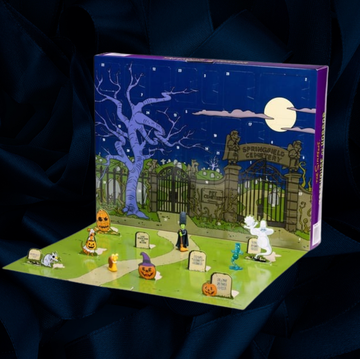Day of the Dead, Día de Muertos, is unlike any other holiday. It’s a traditional Mexican celebration that honors ancestors and reunites the world of the living and the dead.
Every year on November 1 and 2, past loved ones journey to the living world to be with their families once again. November 1 is dedicated to children who have passed away, known as Día de los Angelitos, and November 2 is for the adults, known as Día de los Difuntos. Families in Mexico and other parts of Latin America prepare for this beloved occasion with food, music, flowers, calaveras, ofrendas and more!
So, what is Day of the Dead? For starters, it’s important to note that this holiday is very different from Halloween. Although Day of the Dead falls close on the calendar to Halloween, Halloween includes trick-or-treating, scary costumes, and Celtic traditions. Day of the Dead differs greatly. Instead, this is a joyous holiday that reunites families.
One of the most common Day of the Dead traditions is the ofrenda, or altar in English. Ofrendas are often adorned with photos, food, drinks, personal items of the relative, pan de muerto, Day of the Dead flowers and more. Ofrendas are meant to honor our ancestors. Plus, the food and drinks we leave on the ofrenda provide nourishment for their long journey from the afterlife to the living world.
Day of the Dead flowers are also commonly seen on ofrendas. The most popular flower is the yellow marigold, flor de cempasúchil. Its scent and vibrant color help guide loved ones back to the living world. However, due to region and availability, marigolds are not the only Day of the Dead flower. Flowers like chrysanthemums, cockscomb and chrysanthemums are some of the many flowers that are part of this celebration. Want to learn more about what flowers are associated with Día de Muertos? We are sharing which flowers are the most popular and fun facts about each.
Marigolds
Often called “flowers of the dead,” cempasúchil, or flor de muerto, these bright orange and yellow flowers’ fragrance is said to attract souls to the altar. Their bright and cheery color also celebrate life instead of feeling bitter about death. Real or paper marigolds appear on altars, crosses and garlands — and sometimes people even create a marigold path from their home to the altar. Remezcla reports that the earliest written mention of cempasúchil dates back to the 16th century, in the Florentine Codex. The Spanish Franciscan friar Bernardino de Sahagún described the Aztecs’ medicinal use of various flowers and plants, including the marigold’s use in a festival commemorating the dead.
Cockscomb
The terciopelo rojo or cockscomb are combined in decorations and on altars with marigolds as a prime example of how Catholic and Aztec cultures intermingle in modern Day of the Dead celebrations. According to the Mexican Folk Art Guide, the deep red flower symbolizes the blood of Christ, although their brightness keeps the altar looking vibrant and cheerful, rather than the somber and dreary mood many of us in the United States associate with death and remembrance. In addition, the flowers can last up to eight weeks, especially in the hot and humid climates where they typically grow.
Chrysanthemum
White flowers also frequently appear in Day of the Dead celebrations, which is fitting because they’re said to symbolize peace, beauty and sympathy. The white chrysanthemum, in particular, is used in funerals and Day of the Dead altars, according to an article by Join Cake. They originate from Spain, where they appear prominently on All Souls Day and in funeral floral arrangements. Similarly, white baby’s breath may appear in Day of the Dead arrangements, often for its cloud-like clusters that lend an ethereal aura to a bouquet.
Gladiolas
You may see these long-stalked blooms laid on gravesites and tombstones during Day of the Dead ceremonies because they traditionally represent remembrance and faithfulness in many cultures. They may be used on their own or as part of a bouquet, often with baby’s breath or other traditional blooms to round things out. It’s also an impressive-looking flower, with its long stem and showy blossoms, making it a perfect focal point for a larger arrangement.
White Hoary Stock
You may see white hoary stock used for altars remembering lost children, in particular. The flower symbolizes beauty and simplicity, according to the Mexican Folk Art Guide, and the blooms have a delicate, sweet fragrance. While the flowers also come in lots of other colors, including purple, red and blue, symbolism comes into play here. White recalls innocence, which is why you’ll typically see white hoary stock on altars memorializing those who died too young.
Baby's Breath
Signifying purity, love and innocence, these delicate white flowers are often used as an accent in floral arrangements. In Día de Muertos, you can find these flowers being incorporated in crowns, gravesites and ofrendas.

Katarina Avendaño (she/her) is the senior SEO editor for Good Housekeeping, where she writes and edits lifestyle content and contributes to SEO strategy. Before joining GH in 2021, she was the digital editor at New York Family, where she was responsible for the website’s content and strategy. Katarina received her bachelor's degree in communications and Spanish from the University of Washington.



















